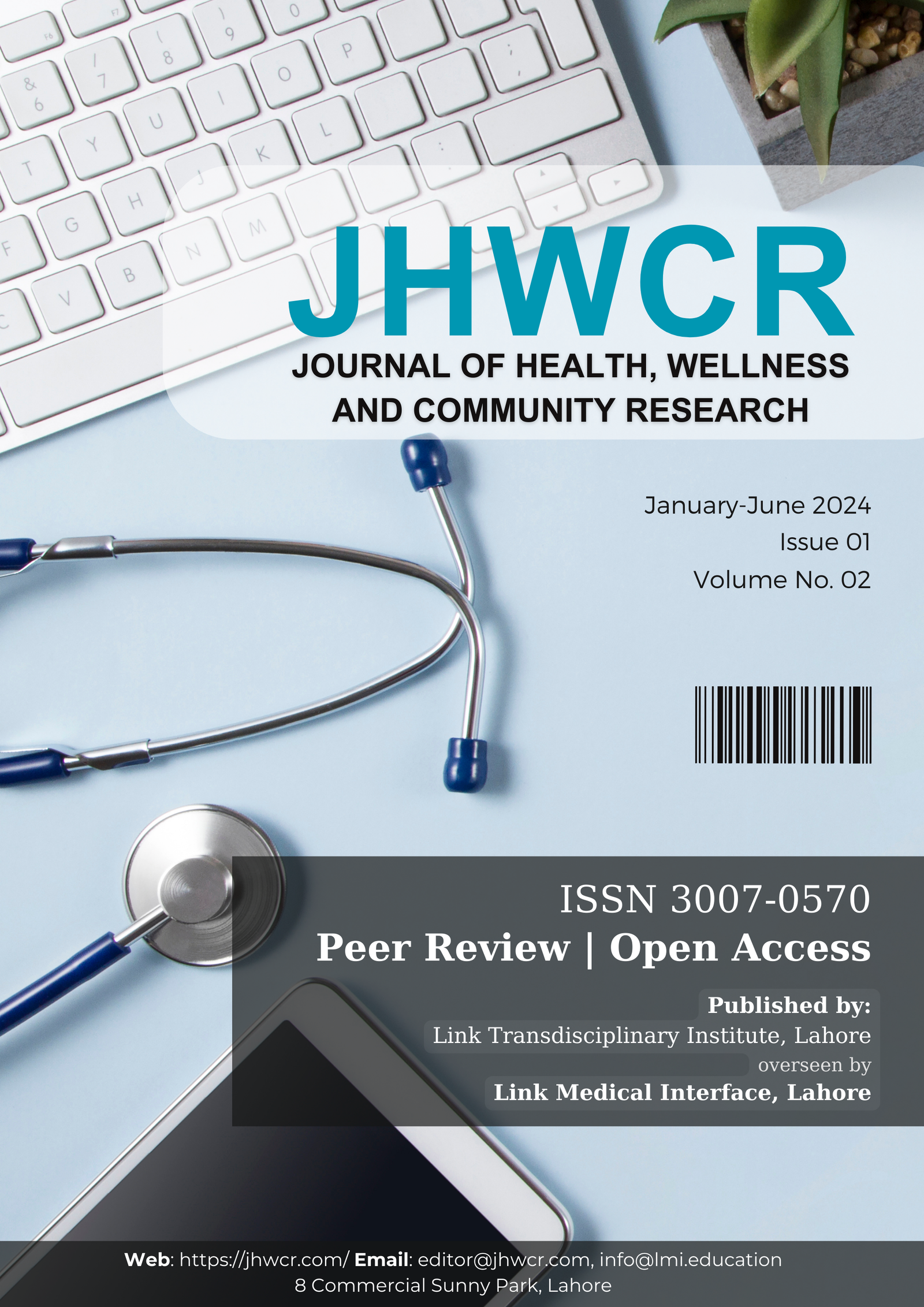Comparative Analysis of Bupivacaine Versus Ropivacaine in Cesarean Section Surgery
DOI:
https://doi.org/10.61919/26kk9p27Keywords:
Cesarean Section, Spinal Anesthesia, Bupivacaine, Ropivacaine, Analgesia, Neonatal Outcome, Hemodynamic StabilityAbstract
Background: Cesarean section is a common obstetric procedure, and the choice of spinal anesthetic significantly affects maternal and neonatal outcomes; the comparative efficacy and safety of bupivacaine versus ropivacaine remain debated, especially in South Asian clinical settings where data are limited. Objective: This study aimed to compare bupivacaine and ropivacaine for spinal anesthesia in cesarean section, evaluating analgesic efficacy, motor recovery, hemodynamic stability, neonatal outcomes, and cost-effectiveness. Methods: In this prospective cohort study, 100 women aged 18–35 years undergoing elective or semi-elective cesarean delivery under spinal anesthesia were randomized to receive either 0.5% hyperbaric bupivacaine or 0.75% ropivacaine. Inclusion criteria included ASA physical status I or II and term singleton pregnancy (≥37 weeks); exclusion criteria were emergency procedures, contraindications to spinal anesthesia, and known anesthetic allergies. Primary outcomes included postoperative pain (VAS), motor block duration (Bromage scale), neonatal APGAR scores, and NICU admission rates; secondary outcomes were hemodynamic changes and adverse events. Data collection was standardized, and ethical approval was obtained in accordance with the Declaration of Helsinki. Statistical analysis was conducted using SPSS v27, employing t-tests and chi-square analysis. Results: Ropivacaine demonstrated a longer duration of sensory block (145 ± 10 vs. 115 ± 8 min, p < 0.01), faster motor recovery (125 ± 8 vs. 185 ± 10 min, p < 0.01), lower intraoperative pain (VAS 1.3 ± 0.5 vs. 2.5 ± 0.8, p < 0.01), reduced hypotension (8% vs. 32%, p = 0.01), and higher neonatal APGAR scores at 1 and 5 minutes (8.6 ± 0.4 and 9.3 ± 0.3 vs. 7.8 ± 0.5 and 8.5 ± 0.4, both p < 0.01) compared to bupivacaine. The need for postoperative analgesia was also lower with ropivacaine (44% vs. 72%, p = 0.01). Conclusion: Ropivacaine offers superior hemodynamic stability, faster recovery, and improved neonatal outcomes compared to bupivacaine, supporting its preferential use in cesarean section anesthesia, particularly where rapid maternal and neonatal recovery are clinical priorities.
Downloads
Published
Issue
Section
License
Copyright (c) 2025 Muhammad Dilawar, Bilal Rasool, Fatima Zahra, Izza Noor, Muhammad Adnan, Sarmad Siddique, Mubeen Ahmad (Author)

This work is licensed under a Creative Commons Attribution 4.0 International License.


